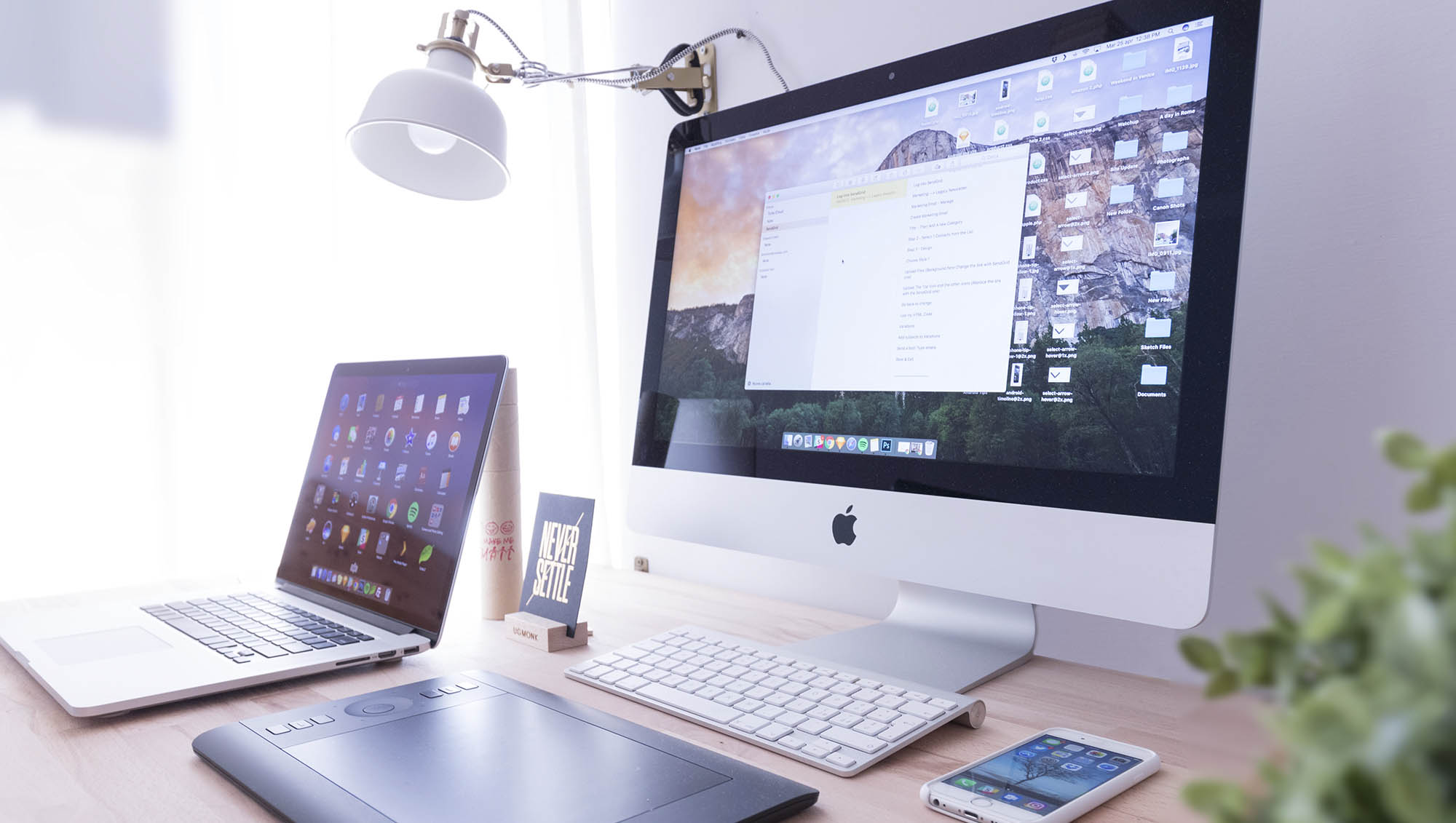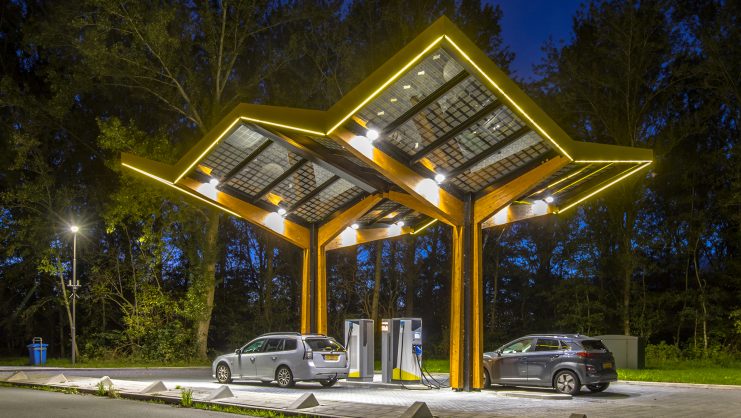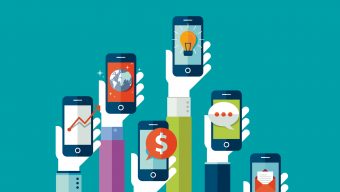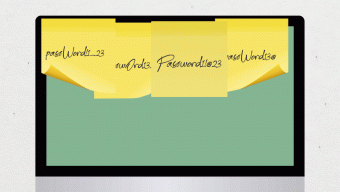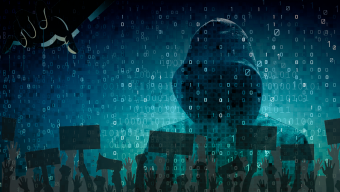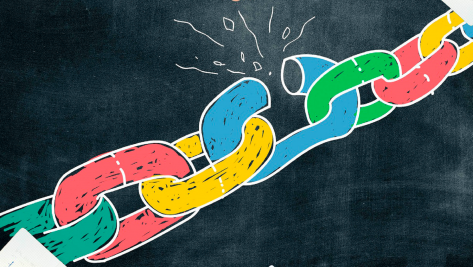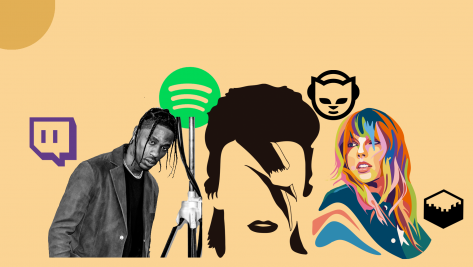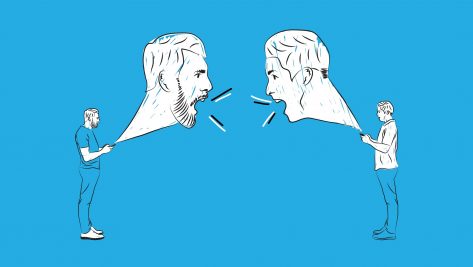There are many ways that companies can not only continue running their business remotely, but also to improve them, make them more efficient and improve the experience of their customers. The Internet of Things (IoT) and Artificial Intelligence (AI) can become the enablers for cities, employees, companies and customers during and beyond the pandemic.
To begin with, IoT is a network of devices connected to the Internet that can communicate with each other, exchange data and automate tasks. We can use IoT to sense (collect data through sensors) and AI to make sense out of this data. The new name of this convergence is the AI of Things (AIOT).
To achieve the full potential of IoT and AI, a combination with other emerging technologies, like Edge Computing, Digital Twin, Augmented/Virtual Reality (AR, VR), drones, etc. may be required in certain cases.
The Internet of Things and Artificial Intelligence can become the enablers for cities, employees, companies and customers during and beyond the pandemic.
Now and beyond
So, how can IoT and AI help companies during and beyond the pandemic while employees are at home? In many ways! To start with, IoT can really help with remote condition monitoring and management of assets, which means that you can connect in the Internet your assets, machines, products (inventory management systems, machines in the factory, smart city furniture, etc.) and watch their performance just from a laptop at home.
No need to send engineers physically checking the location and function of the machines every day or week. Companies from almost any industry should start exploring areas where they can automate processes. We can see this urgent need for manufacturers, retailers, logistics, constructions, maintenance providers of machines or infrastructure and even cities, hospitals and airports. Companies that had implemented already IoT enabled solutions are relying extensively on them today achieving transparency, real-time tracking, safety and meeting government compliance.
Needless to say, the data insights from all these connected assets are extremely valuable as they can help companies identify efficiencies in cost, processes and sustainability allowing to build an even more attractive business case for this kind of investment.
To a proactive mindset
Companies can start with simple steps of just monitoring and managing remotely their assets. But later they can add predictive (or even prescriptive) analytics in order to be able to identify early when an issue is developing in a machine and solve it before being too late.
Moving from a reactive approach to a more proactive mindset can save lots of time and budget for the company and at the same time can offer excellent service to the customers (industrial or even consumers). For example, instead of sending technicians to fix a big issue immediately, you can predict failures and avoid issues by fixing them remotely or schedule maintenance when there are less people around (idle time).
Imagine use cases in retail sector with smart fridges, smart vending machines, in factories with smart machines and robots that can alert you in real time their conditions, or in a supply chain with connecting the logistics process end to end. If you want to become even more efficient, you can combine IoT with Virtual Reality or Augmented Reality capabilities in order to have better visibility of everything.
A very good use case is to give workers at the field access to high level of expertise (technical/domain) by receiving detailed guidance from experts who are just at their home. In addition, by using the tools of remote monitoring and predictive maintenance a company can also become paperless (great for hygiene, apart from efficiency), generate valuable insights about how products and machines are used (useful for identifying niche services and markets, or product improvements). Overall, you can have all this collected data from multiple machines in a central system of information, which you can visualize, share and create actionable insights.
Similar concepts can be applied also for monitoring the health and work of workers, in sectors like constructions, energy, hospitals, etc. where health, safety and efficiency are even more critical. Aggregated and anonymized data can be very useful also for the national healthcare systems, so they can measure the impact of their decisions during the ease of lockdown, etc. Data privacy concerns should be analyzed thoroughly though.
Cultural and process change
As you can see, everything we discussed for work from home can help the company in many ways also after the end of the pandemic. That’s why the employees must be at the center of each design thinking process, asking them for feedback, consensus and active involvement from the beginning.
The journey of digital transformation is not easy, but this year is the best time to start your transformation enabled by emerging technologies, like IoT and AI.
A thoughtful change management process is required to make all these projects successful. Managing both the cultural change and process change of the organization is key, otherwise it is easy to have the opposite results. We know that the journey of digital transformation is not easy, but this year is the best time to start your transformation enabled by emerging technologies, like IoT and AI. Fortunately, we already see acceleration in digital transformation projects due to COVID-19.
© IE Insights.



